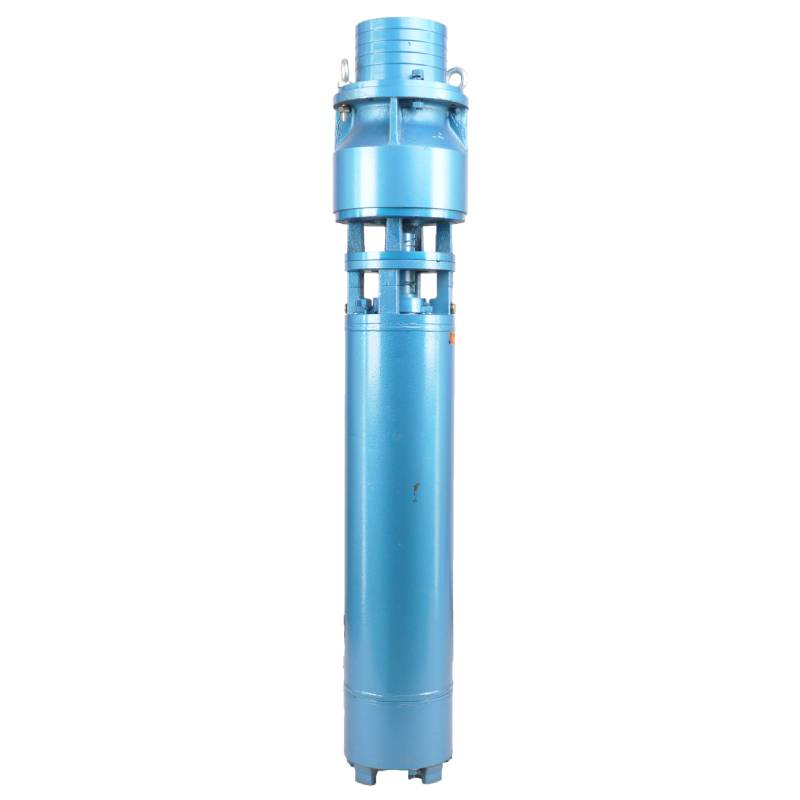Dec . 04, 2024 09:13 Back to list
how to prime a submersible well pump
How to Prime a Submersible Well Pump
Priming a submersible well pump is critical for ensuring that it operates efficiently and delivers water effectively. While submersible pumps are designed to push water to the surface, they require some preparation before they can function properly. This article provides a comprehensive guide on how to prime a submersible well pump correctly.
Understanding Submersible Well Pumps
A submersible well pump is designed to be submerged in water, typically in wells that are deep underground. Unlike other types of pumps that can draw water from above, submersible pumps push water to the surface. These pumps have a motor that powers the impellers, allowing them to create pressure and move water up the well casing.
Why Priming is Necessary
Priming is the process of filling the pump and the intake line with water before operation. While submersible pumps do not need to be primed in the traditional sense like surface pumps, it is still essential to ensure the system is free of air and that the pump is set up correctly. Air in the lines can prevent the pump from functioning effectively, leading to inefficiencies or even damage.
Steps to Prime a Submersible Well Pump
Follow the outlined steps to properly prime your submersible well pump
1. Gather Materials Ensure you have the necessary tools and materials at hand. You will need - A bucket of clean water - A hose long enough to reach your well - A check valve (optional but recommended) - Teflon tape - A wrench
2. Turn Off Power Before starting, make sure to turn off the power to the submersible pump. This step is crucial for safety, preventing any accidental activation while you are working on the system.
3. Connect the Hose Locate the discharge opening of your submersible pump. Attach a hose (if available) that leads from the discharge pipe to the bucket of water. This connection will help push water into the pump.
4. Fill the Pump with Water Pour water into the hose and the discharge opening. The goal is to fill both the pump and the discharge line with water. Once the pump is filled, it should eliminate any air pockets that could hinder operation.
how to prime a submersible well pump

5. Check for Leaks Ensure that all fittings are secure. If the connections are loose, air can be drawn into the system, preventing the pump from achieving the necessary pressure. Use Teflon tape on threads to ensure a tight seal.
6. Turn on the Power With everything set up, turn the power back on to the pump. Allow it to run for a few minutes while you observe the flow of water, checking for any unusual noises or vibrations.
7. Monitor the Flow If the pump does not start pushing water or if you notice sputtering or intermittent flow, you may need to repeat the priming process. In some cases, it might indicate an issue with the pump or the well.
8. Install a Check Valve (Optional) To prevent backflow when the pump turns off, you may want to install a check valve at the discharge point. This will help maintain water pressure and keep the system primed for future use.
Troubleshooting Common Issues
If your submersible well pump is still not operating correctly after attempting to prime it, consider the following troubleshooting steps
- Ensure the Well has Water First, check if your well is actually providing water. If the water level has dropped significantly, this could impact the pump's ability to operate.
- Inspect Wiring and Switches Sometimes, electrical issues can prevent a pump from functioning properly. Inspect the wiring and any switches to ensure they are operational.
- Evaluate the Pump's Condition If the pump is old or has been subject to significant wear and tear, it could need servicing or replacement.
Conclusion
Priming a submersible well pump may not be as complex as it seems, but it does require attention to detail to ensure efficiency and longevity. Regular maintenance and monitoring will help keep your system running smoothly, providing you with a reliable source of water. Always follow safety precautions, and if you encounter persistent issues, consider consulting a professional to assess the situation. With the right approach, your submersible well pump can be an invaluable resource for your water needs.
-
Submersible Well Pumps Buying Guide
NewsMay.14,2025
-
Submersible Sump, Dirty Water, Borehole Pumps Demystified
NewsMay.14,2025
-
Stainless Steel Submersible Pumps Superior Performance
NewsMay.14,2025
-
High Flow Submersible Well Pumps Essential Features
NewsMay.14,2025
-
Choosing the Best Stainless Well Pump
NewsMay.14,2025
-
A Comparison of Submersible Pumps Filled with Water and Oil
NewsMay.14,2025
-
 Submersible Well Pumps Buying GuideReliable access to clean water is fundamental for residential, agricultural, and commercial operations, making the selection of an appropriate well pump system one of the most important infrastructure decisions.Detail
Submersible Well Pumps Buying GuideReliable access to clean water is fundamental for residential, agricultural, and commercial operations, making the selection of an appropriate well pump system one of the most important infrastructure decisions.Detail -
 Submersible Sump, Dirty Water, Borehole Pumps DemystifiedThe world of water management has undergone a technological revolution, with advanced pumping systems now offering unprecedented efficiency and reliability across diverse applications.Detail
Submersible Sump, Dirty Water, Borehole Pumps DemystifiedThe world of water management has undergone a technological revolution, with advanced pumping systems now offering unprecedented efficiency and reliability across diverse applications.Detail -
 Stainless Steel Submersible Pumps Superior PerformanceModern water extraction and fluid handling systems demand equipment capable of withstanding harsh environments while maintaining peak efficiency.Detail
Stainless Steel Submersible Pumps Superior PerformanceModern water extraction and fluid handling systems demand equipment capable of withstanding harsh environments while maintaining peak efficiency.Detail
